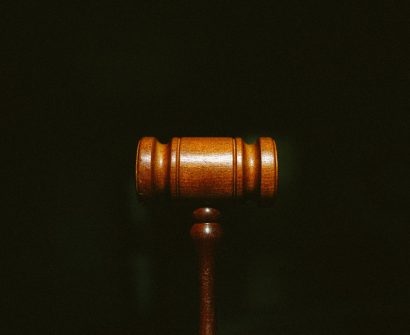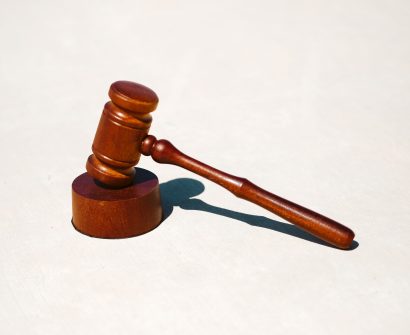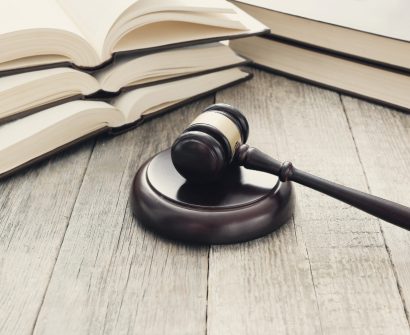
The Supreme Court of India rendered a historic ruling in shreya singhal vs union of india in 2015, reaffirming the constitutional legitimacy of the right to free speech and expression on the Internet.
Section 66A of the Information Technology Act of 2000, which made sending offensive messages via computers or other communication devices illegal, prompted the filing of this lawsuit.
shreya singhal case summary
Shreya Singhal Case Facts:
- Following the death of a political leader, two women were detained by police for allegedly making offensive and objectionable comments on Facebook regarding the appropriateness of closing Mumbai.
- The Information Technology Act of 2000 (ITA), Section 66A, which penalizes anyone who transmits grossly offensive information through a computer resource or communication device or who does so knowing that the information is false and is being transmitted with the intent to cause annoyance, inconvenience, danger, insult, injury, hatred, or ill will, is what the police used to make the arrests.
- The incident drew a lot of media attention and criticism, even though the police eventually freed the women and dropped their charges. The women then filed a petition, arguing that Section 66A violates the right to freedom of expression and is therefore unconstitutional.
- Inshreya singhal case 2015, the Supreme Court of India first issued an interim order that forbade any arrests made under Section 66A unless they were authorized by senior police officers. The Court discussed the constitutionality of the provision in the present case.
Shreya Singhal Case Issues:
- Are the IT Act’s Sections 66A, 69A, and 79 constitutionally valid?
- Does the fundamental right to freedom of speech and expression get in the way of Section 66A of the IT Act?
Contentions Raised by the Petitioner:
- The Freedom of Speech and Expression guaranteed by Article 19(1)(a) is taken away by Section 66A, and it is not protected by the reasonable restriction mentioned in Article 19(2) that falls outside the purview of Article 19(2) and causing irritation, inconvenience, etc.
- Although Section 66A aims to establish an offense, it is flawed and ambiguous because its terminology is not defined explicitly. The language employed is arbitrary, and its interpretation is left up to the law enforcement agencies’ whim. There is no restriction.
- Article 14 is broken because this section solely targets one form of communication without providing a discernible alternative.
Contentions Raised by the Respondent:
- The best body to handle the needs of the people is the legislature. The only time the courts will intervene is when a law violates Part III. There is a presumption that the relevant statute is constitutional.
- In order to make a law workable, a court would interpret it in this way, and in the process, it could read down or read into its provisions.
- A provision cannot be deemed invalid based solely on the possibility of abuse.
- Loose Language is used to protect people’s rights from those who use this medium to violate them.
- If a statute is qualified and non-arbitrary, its vagueness does not serve as a basis for declaring it to be unconstitutional.
shreya singhal case judgment:
- The Shreya Singhal case was decided in 2015.
- The judge bench consists of Justice R.F. Nariman and Justice Chelameswar.
- The court decided that each term used had an unclear meaning. Something that irritates one person might not irritate another. As such, the interpretation was considered subjective.
- The court determined that the justifications for reasonable limitations provided by Article 19(2) do not apply to 66A because it infringes upon the right to freedom of speech and expression.
- The court determined that Section 69A of the IT Act, which forbids the general public from accessing certain materials, is constitutionally permissible.
A Quick Overview of Judicial Pronunciation
- Because Section 66 of the IT Act violated Article 19(1)(a) of the Indian Constitution and was not covered by Article 19(2), it was repealed in its entirety.
- The Information Technology Rules, 2009 were put into effect in compliance with Section 69A of the Indian Constitution.
- Subject to the IT Act’s Section 79(3)(b) being read down, Section 79’s legitimacy was upheld.
- Furthermore, invalidated by the Indian Supreme Court was Section 118(d) of the Kerala Police Act.
It’s not like section 66A was completely repealed. The only clauses that are invalidated are those that the honourable court found to be in violation of Article 19(1)(a) and not covered by Article 19(2). However, it was determined that Section 79 and the clause pertaining to the restriction of public access to information were legitimate and constitutional. The terms used in Section 66A were also ambiguous, leaving room for different interpretations. The court struck it down because they could find no connection between it and any kind of disturbance or incitement of violence.
For any latest news, case laws, judiciary exams notifications, patterns, etc watch Jyoti Judiciary’s YouTube channel for legal videos for any updates at https://youtube.com/@jyotijudiciarycoaching4852?si=2cwubh9d2A9urwJf










